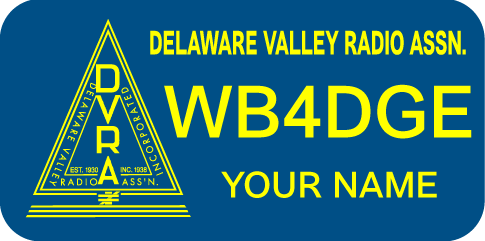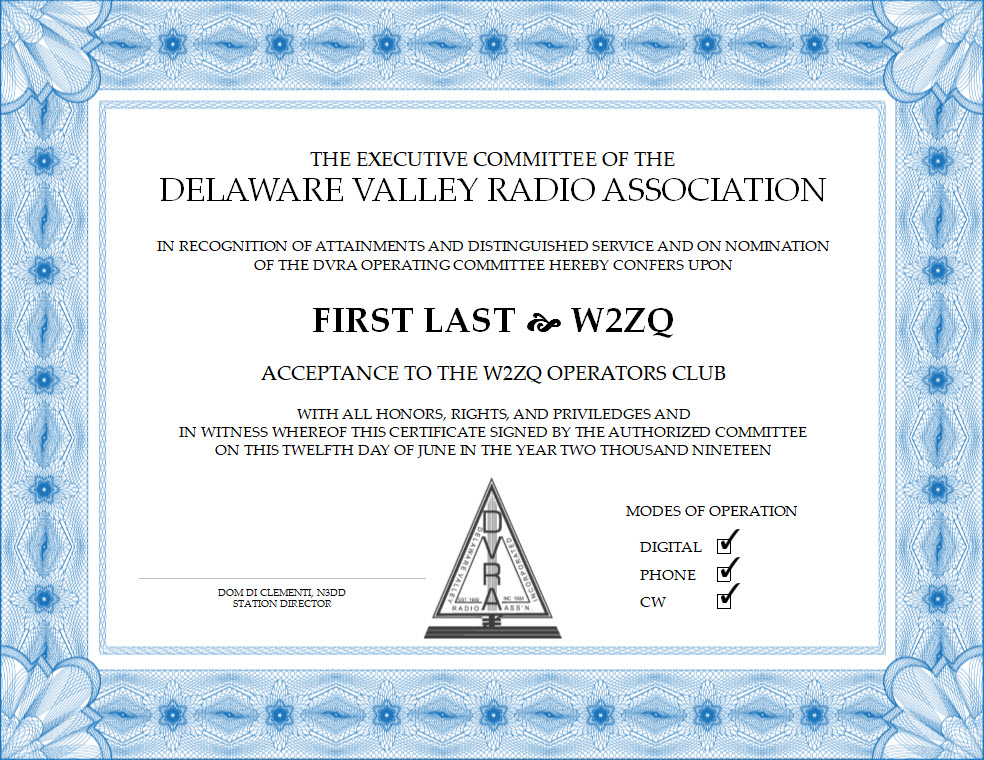Mario Filippi, N2HUN | 2019 DVRA Physical Plant Co-Director
The Index Labs QRP ++ was an intriguing little radio manufactured back in the mid-‘90’s by Index Labs of Gig Harbor, WA. For those interested in QRP (low power operating, generally less than five watts output) this transceiver filled the bill perfectly. It supports CW and SSB, transmits on all WARC bands, covers 1.8 – 30 MHz receive, has full break-in CW and a built-in iambic keyer. It boasts 20 memories, weighs four pounds (perfect for portable operation) and measures 5.5 x 4 x 6 inches. It’ll run on a 12V 1.5 amp supply or a stout 12 volt gel cell. The internals (see second pic) are an engineering masterpiece with stacked circuit boards reminiscent of commercial rigs.
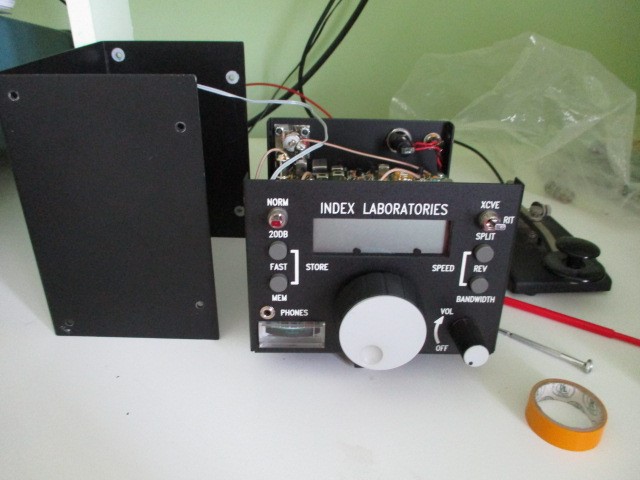
I recently acquired one of these radios as I was heavily into QRP in the 1970’s while using a TenTec Argonaut 509 and vertical on our apartment house’s roof. Back then the sunspot numbers scored much higher than today and many contacts were made, most notably a CW contact with Japan with a paltry one watt. So for nostalgic reasons I had to have one of these QRP++ rigs even though more modern and sophisticated versions are available.
At the moment bench tested is being done prior to sending it into action. One important component needing replacement was the memory battery which was totally kaput. Interestingly, this battery not only keeps the 20 memories alive but also brought back to life the CB radio-style S-meter reminiscent of radios from decades ago. Other items on the testing “to do” list will be checking power output, frequency accuracy, drift, and finally, on-air performance. The radio will feed a ground mounted 31’ vertical with 53 radials. With the right ionospheric conditions hopefully contacts will be aplenty.
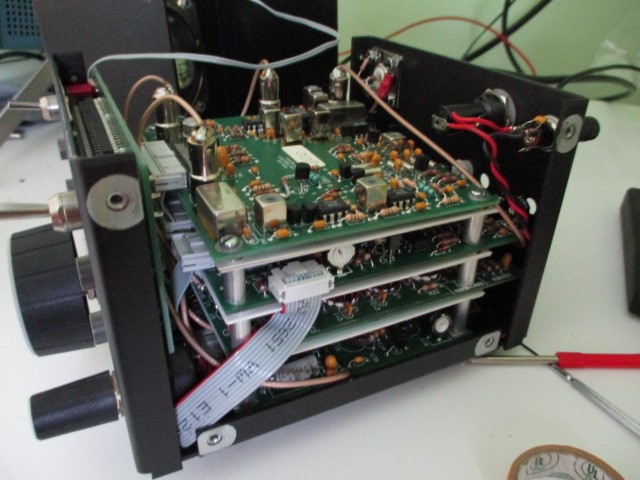
Unfortunately, no service manual exists for this gem, but it rates a 4.1 out of 5 on the eham.net Richter scale, and a number of ops have published helpful information on problems, solutions and modifications. Notably the first run of these radios was later replaced with improved models boasting higher performance via a custom designed mixer, so knowing the serial number of your unit helps to determine if yours was an upgrade.
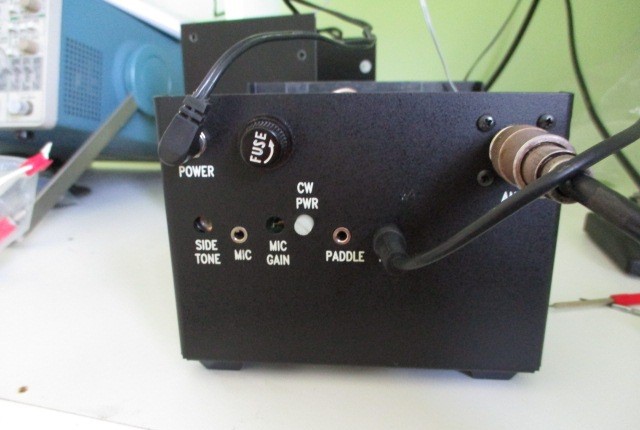
You can read and see more photos from the author, Mario Filippi N2HUN, at https://www.qrz.com/lookup/n2hun





